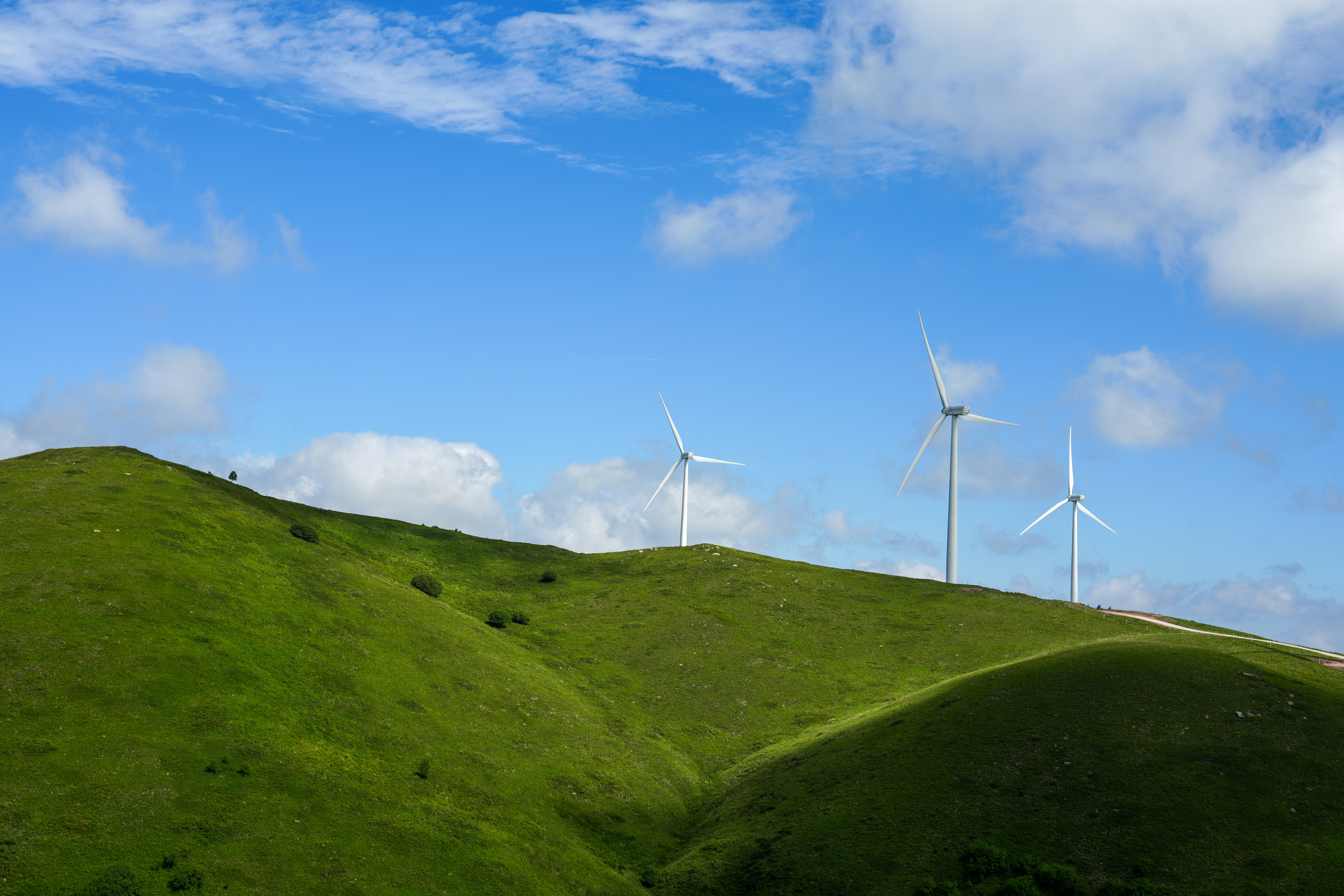
The Shift Toward Sustainable Power
Over the past few decades, the conversation around energy has dramatically shifted from simply meeting demand to considering how our choices affect the planet. Fossil fuels such as coal, oil, and natural gas have been the backbone of industrialization, transportation, and modern living. Yet, they carry an undeniable environmental cost, contributing to air pollution, greenhouse gas emissions, and the escalating threats of climate change. Against this backdrop, renewable energy has emerged not merely as an alternative but as a vital tool for protecting and preserving the environment. Understanding the true impact of renewable energy on the environment involves exploring both its significant benefits and the challenges that still need addressing.
Reducing Greenhouse Gas Emissions
One of the most compelling environmental benefits of renewable energy is its potential to drastically reduce greenhouse gas emissions. Solar panels, wind turbines, hydroelectric dams, and geothermal plants all generate electricity without burning fossil fuels. This means they release little to no carbon dioxide or methane into the atmosphere during operation. For example, wind energy alone prevented around 330 million metric tons of carbon emissions in the United States in 2022, equivalent to taking nearly 72 million cars off the road for a year.
The importance of reducing emissions cannot be overstated. Greenhouse gases trap heat in the atmosphere, contributing to rising global temperatures, changing weather patterns, and more frequent extreme weather events like hurricanes, droughts, and floods. By replacing fossil fuels with renewables, we lower the amount of harmful gases we send into the atmosphere, slowing the pace of climate change and giving ecosystems and human communities more time to adapt.
Improving Air Quality and Public Health
Beyond carbon emissions, fossil fuel combustion releases harmful pollutants such as sulfur dioxide, nitrogen oxides, and fine particulate matter. These substances contribute to smog, acid rain, and respiratory illnesses in humans. Children, the elderly, and individuals with preexisting health conditions are especially vulnerable. According to the American Lung Association, transitioning to cleaner energy sources could prevent thousands of premature deaths and hospital visits annually in the United States alone.
Renewable energy sources generate electricity without producing these air pollutants. Solar and wind power are completely free of emissions during operation, and while bioenergy and certain hydro projects can release some emissions, they are typically far lower than those from coal or oil. As renewable energy grows, communities see not only cleaner skies but healthier populations.
Conserving Water Resources
Fossil fuel and nuclear power plants rely heavily on water for cooling and other processes. In some areas, these facilities withdraw enormous quantities of freshwater from rivers, lakes, or aquifers, which can harm aquatic life and reduce water availability for agriculture, drinking, and recreation. Additionally, heated water discharged back into ecosystems can disrupt delicate ecological balances.
Renewable energy sources, especially wind and solar, require minimal water to operate. Solar photovoltaic systems and wind turbines don’t use water for cooling at all, while geothermal and certain types of bioenergy use significantly less water than traditional power plants. As droughts and water scarcity become more common due to climate change, renewable energy offers a path to conserving critical water resources and preserving habitats that depend on them.
Protecting Ecosystems and Wildlife
While renewable energy is overall much better for ecosystems than fossil fuels, it’s important to acknowledge that it isn’t entirely impact-free. Building large solar farms or wind installations can disrupt wildlife habitats or alter migration patterns. Hydroelectric dams can affect river ecosystems, fish populations, and wetlands.
However, careful planning and modern technology are helping to minimize these impacts. For instance, new wind turbines are designed to reduce risks to birds and bats, and solar installations increasingly use dual-purpose land like rooftops or degraded areas instead of pristine habitats. Environmental assessments guide project siting to avoid sensitive ecosystems. Compared to the extensive land degradation, oil spills, mountaintop removal mining, and air pollution caused by fossil fuels, the ecological footprint of renewables remains relatively small.
Resource Extraction and Manufacturing Considerations
Renewable technologies rely on materials such as rare earth elements, lithium, cobalt, and copper for manufacturing solar panels, batteries, and wind turbines. Mining and refining these materials can generate pollution, disrupt local communities, and harm ecosystems. Therefore, renewable energy development must include responsible sourcing, recycling programs, and research into alternative materials.
Fortunately, as technology advances, companies are finding ways to reduce reliance on scarce resources. Recycling systems for solar panels and batteries are improving, and innovations in material science may enable future renewable systems to use more abundant and less environmentally harmful materials. Moreover, the long operational life of many renewable installations—often twenty years or more—means that once built, their environmental costs are spread out over decades of clean energy production.
A Path Forward
Renewable energy represents one of humanity’s best chances to combat climate change, clean our air, protect natural resources, and reduce the burden on ecosystems. While no energy source is entirely without impact, the benefits of renewables dramatically outweigh the environmental costs associated with fossil fuels. The key lies in thoughtful development, technological innovation, and sustainable practices that ensure renewable energy delivers on its promise to protect our planet.
As the world continues its transition toward sustainable power, individuals, governments, and industries all play critical roles. Whether through policy, personal choices, or community initiatives, each effort contributes to a future where clean energy powers not just our devices, but a thriving, healthy environment for generations to come. The impact of renewable energy on the environment is profound, offering hope that humanity can shift from a legacy of pollution and degradation toward one of stewardship and sustainability.